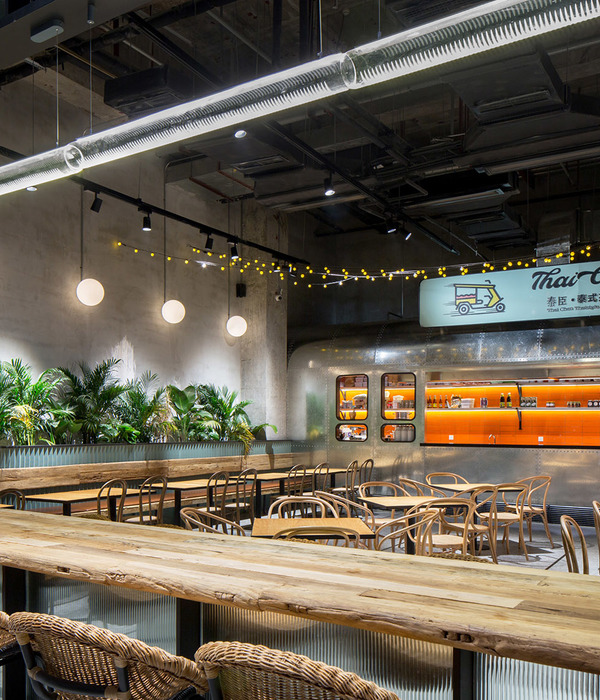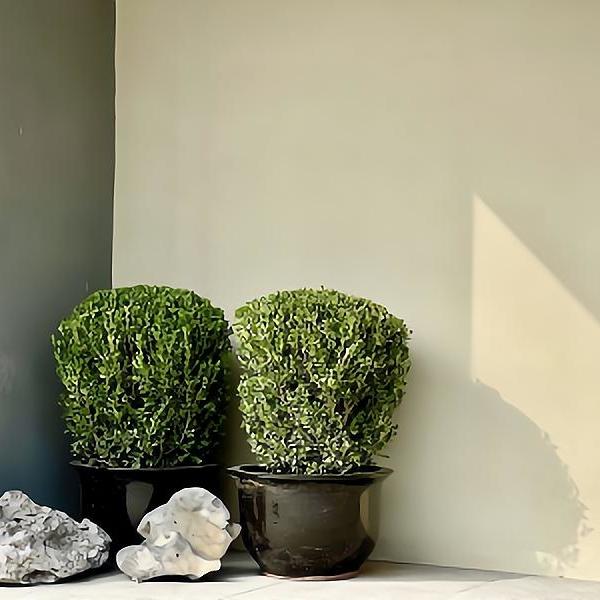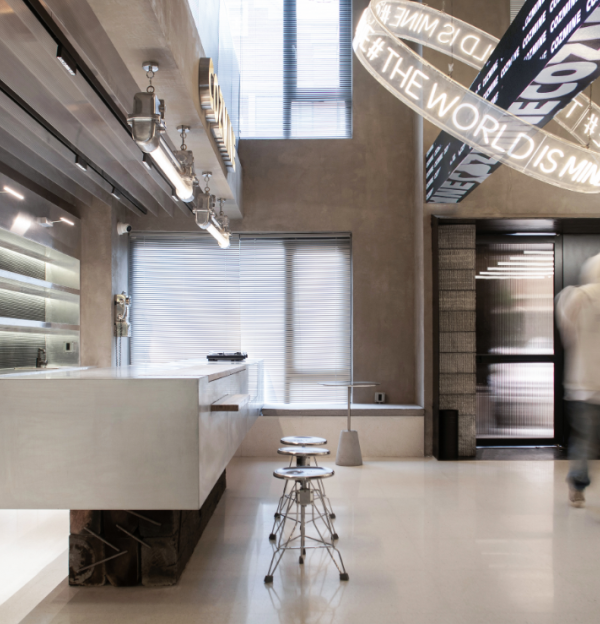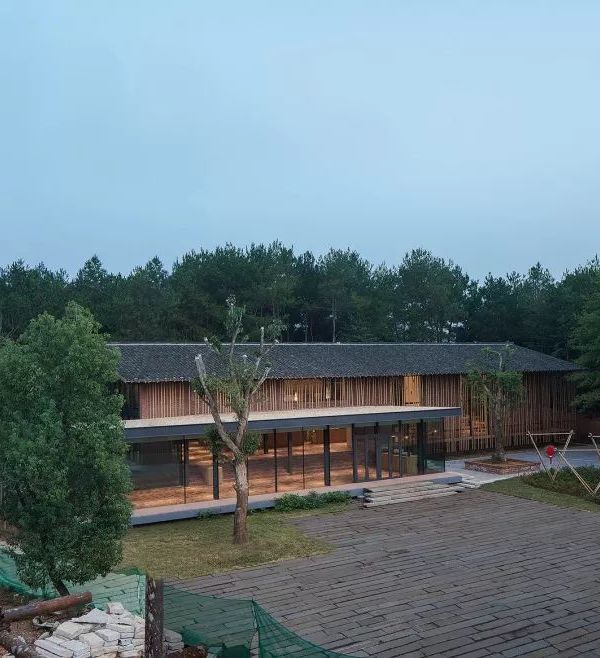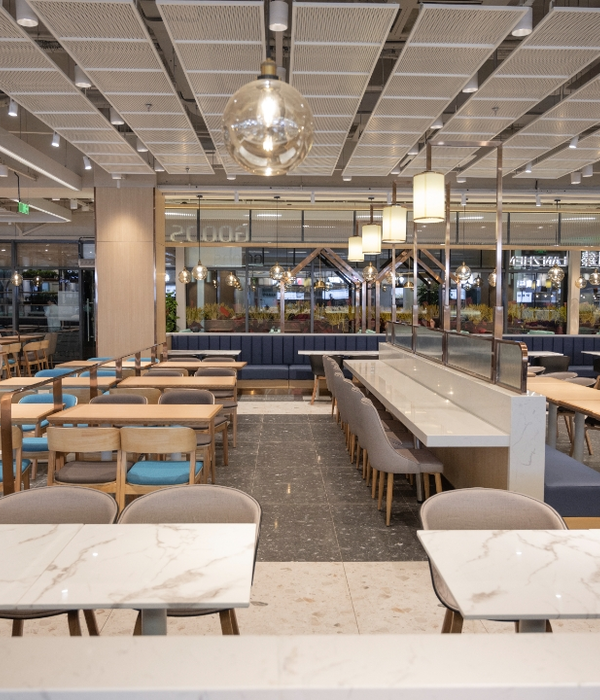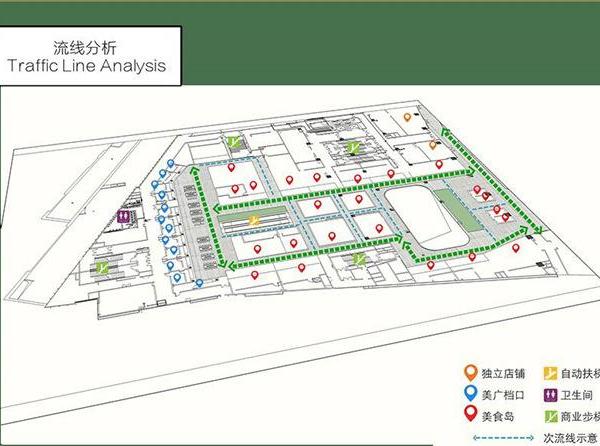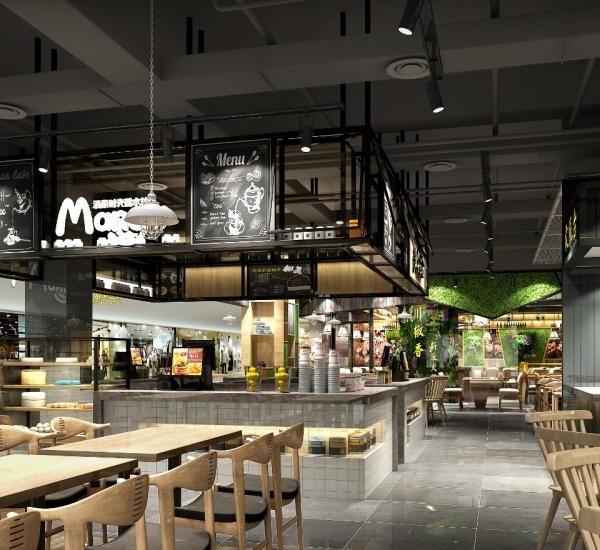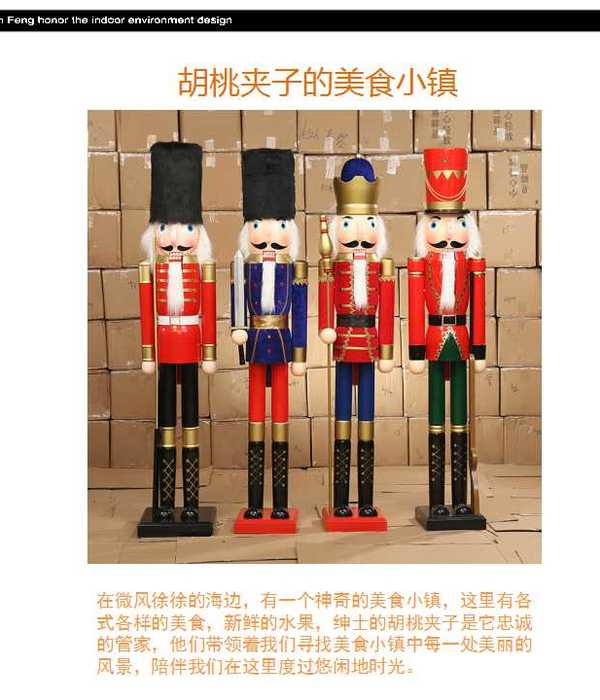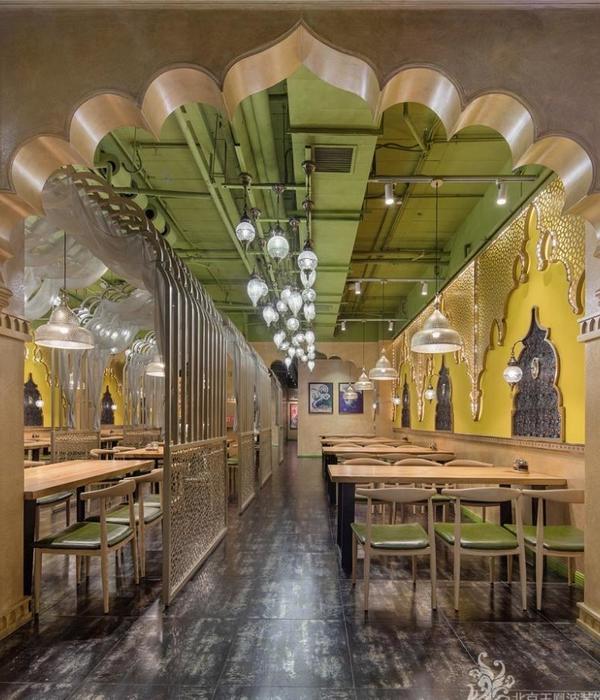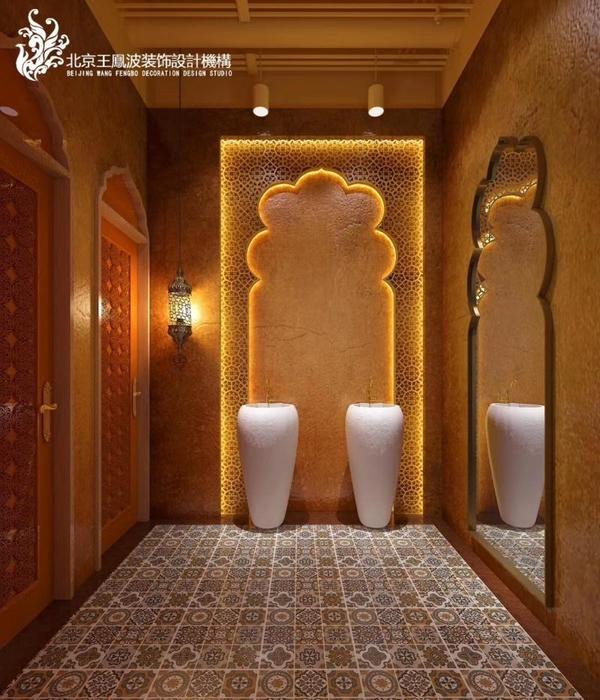- 项目名称:阿那亚珍滋味森林餐厅
- 地点:秦皇岛·阿那亚社区内
- 业主单位:阿那亚
- 设计单位:PLAT ASIA
- 设计范围:建筑改造,室内,景观
- 设计团队:PLAT ASIA 郑东贤工作室 – 郑东贤,刘国伟,练敬韵
- 室内面积:650㎡
- 设计时间:2021.3-2021.6
- 建成时间:2021.9
- 建筑摄影:存在建筑-建筑摄影,Dennis Zhu@Aranya
- 项目视频:PLAT ASIA 南迪工作室
- 灯光设计:辛格尔(北京)国际照明设计有限公司
- 软装设计:陶亚男
PLAT ASIA:项目位于秦皇岛阿那亚南区最南端,在一片原生刺槐林旁的空地上,业主已搭建了一组预制轻钢结构框架体,填充玻璃面,带有双坡帐篷顶,屋脊最高达6.3米,置于矩形混凝土基础上。
设计需要将其改造为一间餐厅,运营团队是2022黑珍珠上榜品牌珍滋味海鲜火锅,由于该店是其北京之外首家餐厅,故将刷新其品牌空间形象。
面对场地环境和既有结构,低造价,短工期等条件,建筑师需要思考如何以最必要且非必须的介入方式通过设计梳理空间、加强环境与人之间的联系,而不止于孤立的室内改造。
PLAT ASIA:The project site located in front of an original locust forests at the southern edge of Aranya, Qinhuangdao. Clients have already constructed a black steel frame structure on site, filled with glass, a double-slope roof covered by tent cloth with a max height of 6.3 meters, which stand on a rectangular concrete base.
The architect is designated to renovate it into a restaurant operated by Zhenziwei seafood hotpot, which is selected in “2022 Black Pearl Restaurant Guide.” This is Zhenziwei’s first branch that outside of Beijing. Thus it would redefine the image of the brand.
In terms of the site environment, pre-existing structure, low cost, and short construction period, the architect rethink the principles of design under the necessary and insufficient conditions, aims at a flexible layout, a stronger connection between people and nature, rather than a single interiors design.
基于树林的场所 Place from forest
原有刺槐林是设计改造的关键对话对象。改造基地在树林轴线的尽端,祛除复杂的交互手段,原始的共存关系和场所属性决定了建筑朝南打开的明确方向性,景观次序、空间布局、使用密度也保持同样的方向关系。
The origin forest is a crucial role that could define the context. At the end of the axis of the forest, without a complex interaction means, the primitive surroundings and sense of place let architect to decide build a strong connection between forest and space. The landscape, spatial layout, scale and density were also kept sequence accordingly.
▽场地原状-鸟瞰 Undisturbed site – Aerial view
▽场地原状 Undisturbed site
回归原始的风景 Back to the original vistas
建筑和环境,室内和室外,这两组空间关联的处理区别于城市语境下的策略,建筑师在场地周边空地新植植被,包括景观建议下的刺槐、国槐、山楂、冷季型草本等,延续原始树林风貌。入口小径在林中的两次转折和景石点缀,既丰富景观视野也铺叙就餐心境。室内因渗入的风景和自然关联,建筑则摆脱其原有的工业感。
To achieve design strategy, build an architecture as a part of nature, architect intend to extend primitive forest to surrounding building, planting the locust trees, hawthorn trees, and turfgrasses and Pennisetum. The approach path was zigged twice, and a stone monolith sit in the end of the vista to create a scenery and let guests prepare for deep into the nature.
▽东南道路看向建筑 The southeast road looks towards the building
▽主立面 Main elevation
▽南侧树林看向建筑 The woods on the south side look towards the building
相剖切的水平面 A duo of parallel planes
建筑师选择极简的水平面在纵向控制界定空间,横向联络环境。取自东方檐下空间的基础构件“檐”,从中抽象的“板”以清晰的一对平行面楔入原结构。剖面上,下侧平面作为木平台从建筑轮廓线开始延伸进林间,上侧平面作为天花板以高差分隔不同功能区。
The architect selects simple planes to control the spatial scale and layout; it also connect with the nature in the horizon view. Inspired by the eave-a special element of traditional eastern Asian architecture, simplify it by geometry logic into two layers, and deliberately insert it into the pre-existing structure. In the section view, the lower layer is used as a wooden terrace extended from the outline of the building directly to the forest; and the upper layer is used as the ceiling, which defines four areas with height differences.
▽水平之间 Between the levels
▽林中 In the forest
▽檐下餐区 Dining area under eaves
两层平面之间,功能区顺次展开:北侧是2.7米层高的包间区;中轴是利用原屋架大尺度挑高的多人就餐区;南侧是同样2.7米层高的清静临窗小桌区;天花面板穿过钢框架,和室外木平台汇合成近人尺度的半室外檐下餐区;原计划木平台继续向树林延伸为露天活动区并加植更多的树,形成浸入式的树林就餐体验,但限于业主整体考虑暂未完成。
Between the two layers, the function line in orders: the private area with 2.7 meters high in the north; multiple people dining area set in the central axis according to the large scale beneath the original structure frame; a silent window area for several people with 2.7 meters high in the south; the ceiling layer cross through the steel frame, encounter the deck with a human scale which is the under-eave dining area. In the initial plan, the terrace would continue to the woods as an open-air platform, and more trees planted on the land for an immersive experience.
▽檐下天花的金属光泽连接绿意 The metallic luster of the ceiling under the eaves connects the green
▽西向东看主入口视角 Main entrance view from west to east
▽临窗餐区 Dining area by window
透明与光的显像 Transparence and lighting
不同就餐形式仅以空间高差区分,重心不同,空间张力各异,而非装饰性封闭隔断,这让视野变得通透连贯,空间则克制简练。室内选材同步原钢架的黑色,释尽铅华和色彩的弄装,只余透明和光的行迹,金属天花板面将室外的绿意生机反射引入室内,深灰地砖沉入大地基底。
The different dining types vary by vertical height, centers of gravity, and spatial tensions, forms various sensory experiences, unlike separated by a decorated wall for a closed space, but an invisible boundary. Instead, the open hall is combined within a more transparent and continuity view, present a more simplified atmosphere. Materials also keep consistency with the black steel frame; design minus unnecessary furnishment, filter the colors, and maintain the transparency and trace of lighting. The metal panel ceiling reflect greenery and vigor introduced to interiors; darkened floor stones were grounded in the land.
▽不同就餐区的高差变化 The height difference of different dining areas changes
▽临窗看向檐下 The window looked under the eaves
▽ 一隅 In a corner
▽多人餐区看向临窗区 Multiple dining area looking towards the window area
▽原屋架下大挑高的多人餐区 Large and high multi-person dining area under the original roof truss
▽透过大厅看向南侧树林 Looking through the hall towards the south woods
▽包间与多人餐区的交界 The boundary between private room and multiple dining area
▽包间 Private room
▽绿植,珍馐,等赏味人 Plants, delicacies, and other people appreciate the taste
该项目从建筑,环境与人之间原始性的共存关系出发,面向树林的方向以极低的设计介入程度,为人、自然、美食这三种绝对的主角建立密切的空间关联,本原的感官体验,和时光中的赏味图景。
Based on the primitive co-existence between architecture, nature, and people, the design, to a minor extent, creates a dialogue adopted of planes between forest and building and communicate with inside and outside, at last generating an authentic space experience and flavor scenes for the only objects: people, nature, and delicacy.
▽午后的惬意&光 Afternoon comfort & light
▽窗外山楂 Hawthorn outside the window
▽总平面图 Plan
项目名称:阿那亚珍滋味森林餐厅
项目地点:秦皇岛·阿那亚社区内
业主单位:阿那亚
运营品牌:珍滋味
设计单位:PLAT ASIA
设计范围:建筑改造,室内,景观
设计团队:PLAT ASIA 郑东贤工作室 – 郑东贤,刘国伟,练敬韵
室内面积:650㎡
项目材料:金属板,金属漆,木饰面,竹木钢板
设计时间:2021.3-2021.6
建成时间:2021.9
建筑摄影:存在建筑-建筑摄影;Dennis Zhu@Aranya
项目视频:PLAT ASIA 南迪工作室
室内施工图:山东一卜川建筑装饰设计有限公司
景观施工图:PLAT ASIA 张小战工作室 – 张小战,王晓春
灯光设计:辛格尔(北京)国际照明设计有限公司
软装设计:陶亚男
Project name: Aranya Zhenziwei Restaurant
Location: Aranya, Qinhuangdao, China
Clients: Aranya
Operation brand: Zhenziwei
Architects: PLAT ASIA
Scopes: Architectural Renovation, Interiors, Landscape
Design team: PLAT ASIA atelier d – DH Jung, Guowei Liu, Jingyun Lian
Area: 650 sqm
Materials: Metallic panel, metallic paint, wood veneer, bamboo steel panel
Design period: 03/2021-06/2021
Completion: 09/2021
Photo: Arch-Exist Photography; Dennis Zhu@Aranya
Video: PLAT ASIA ndn lab
Interiors LDI: YiBoChuan (Shandong) Deepening Design
Landscape LDI: PLAT ASIA simo org – Xiaozhan Zhang, Xiaochun Wang
Lighting design: XinGeEr Lighting Design
Decoration design: Yanan Tao
“ 设计注重场地环境与人与建筑之间的联系。”
审稿编辑:Maggie
{{item.text_origin}}


